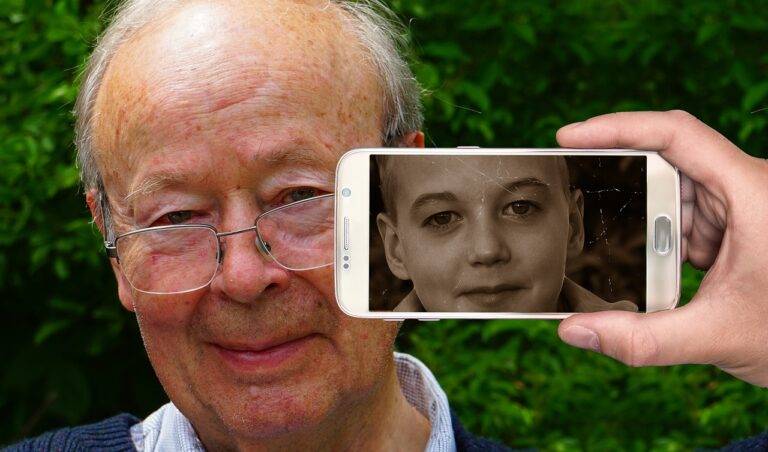The Evolution of Chatbots: Enhancing Customer Service
Chatbots have come a long way since their inception, with roots tracing back to the mid-20th century. The early iterations of chatbots focused on basic responses to text inputs, mainly for academic and experimental purposes. These rudimentary chatbots laid the groundwork for the more sophisticated conversational agents we see today.
Advances in artificial intelligence and natural language processing have propelled the evolution of chatbots, enabling them to engage in more complex and meaningful interactions with users. Modern chatbots are capable of understanding context, learning from past interactions, and providing personalized responses. These developments have revolutionized the way businesses interact with customers, streamlining processes and enhancing user experiences.
Early Chatbot Development
Early chatbot development dates back to the mid-20th century when computer scientists began experimenting with automated conversation systems. One of the earliest chatbots, ELIZA, was created in the 1960s by Joseph Weizenbaum at the Massachusetts Institute of Technology (MIT). ELIZA was designed to simulate a Rogerian psychotherapist and was programmed to provide responses based on patterns in the user’s input.
Another significant milestone in early chatbot development was the creation of PARRY in the 1970s by psychiatrist Kenneth Colby. PARRY simulated a patient with paranoid schizophrenia, engaging in conversations with users by mimicking the speech patterns and behaviors of individuals with this mental health condition. These early chatbots laid the foundation for the development of more sophisticated AI-powered conversational agents in the following decades.
What is the evolution of chatbots?
Chatbots have evolved from simple rule-based systems to sophisticated artificial intelligence-driven programs that can engage in natural conversations with users.
How did early chatbot development look like?
Early chatbot development involved basic programming techniques and limited capabilities, with chatbots being primarily used for information retrieval and simple tasks.





